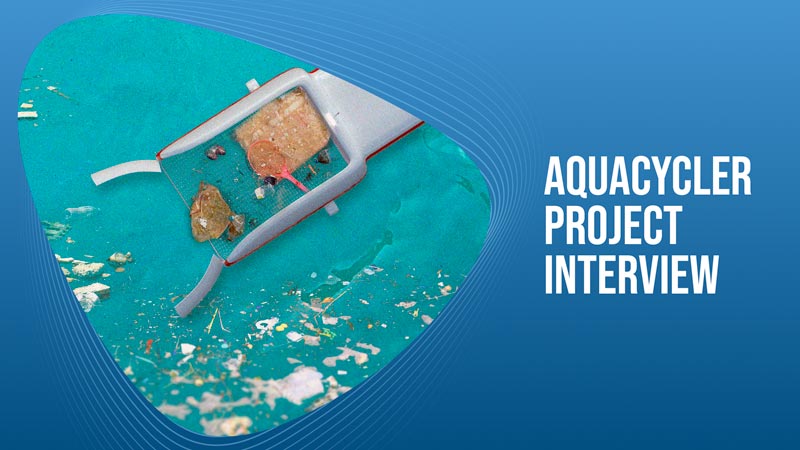
Continuing with our heavy commitment to having a positive impact on the ecosystem and leaving things better than we found them, we wanted to develop a project that can help keep the oceans clean and safe for the local marine life. The Aquacycler project is a big step toward actively cleaning the oceans on a small scale for now, and hopefully a large scale later down the road.
This will be an autonomous surface vessel that is able to drive itself around the ocean and pick up plastic and other forms of trash that are floating in the water so that we can properly dispose of the trash and recycle the plastic. Acting sort of like a Roomba would work in your home, this Aquacycler will roam the water looking for trash and plastic to pick up all without the need for a driver and also without burning fossil fuels on the water since it is an all-electric design.
While there is a ton of plastic and trash that we can see floating in the oceans, one of the most dangerous forms is the plastics that we can’t easily see called microplastics. These are incredibly small particles of plastic that are floating in oceans all around the world. Many marine animals eat or unintentionally ingest them and nearly all of the fish that we eat from the ocean have microplastics in them. This is an “invisible” problem that is rapidly growing by the day.
One of the problems with microplastics is that they are so small. Filtering microplastics from the water often comes with quite a bit of bycatch in the form of plankton, algae, and other marine life that while small, are incredibly important for the marine ecosystem. We are designing the Aquacycler project to be able to tell the difference and release that bycatch so that we are only removing plastics and not life from the ocean.
This technology will start out in smaller seas like marinas, lakes, and port areas. It will use technologies like stereo cameras, LiDar, and more to not only navigate safely but also determine what is trash and what isn’t. As we progress with this technology, we will be able to move into deeper waters with stronger currents and even one day maybe we can deploy this technology to help battle the Great Pacific Garbage Patch.
While this technology will be used to keep the area around your SeaPod clean, in the future it can also be deployed in other areas for use by marinas, port areas, harbors, cruise ships, government agencies, and even areas where there are thousands of people living right on the water like in cities like Lagos Nigeria where there are thousands of homes that are built essentially on docks directly above the water. So while this project will initially be working around the SeaPods to keep your “yard” clean, the sky’s the limit and there is no telling how much good we can do down the road.
If you have experience or knowledge in mechanical or electrical engineering, stereo cameras, LiDar, AI technology, marine biology, or any other fields that you feel may be beneficial to this project, then we would love if you reach out on our Contribute page and you can browse our other projects if you would like to pitch in with any of those on our Participate Now page.














